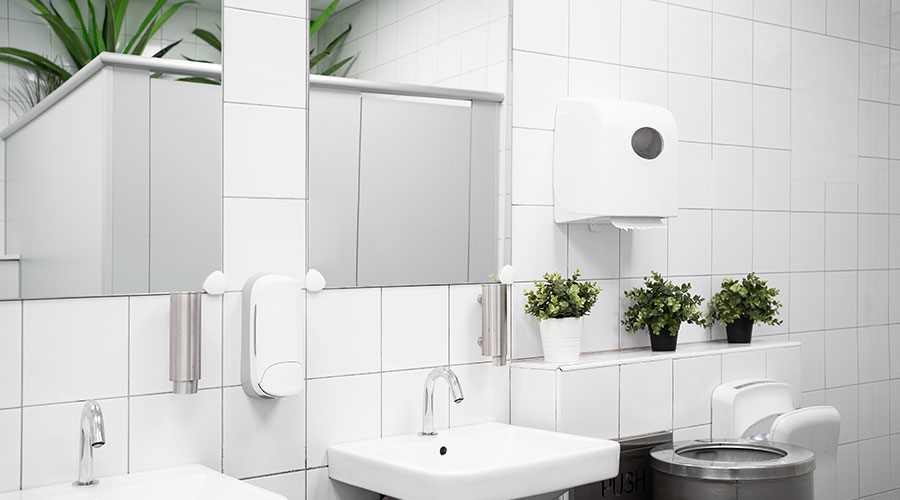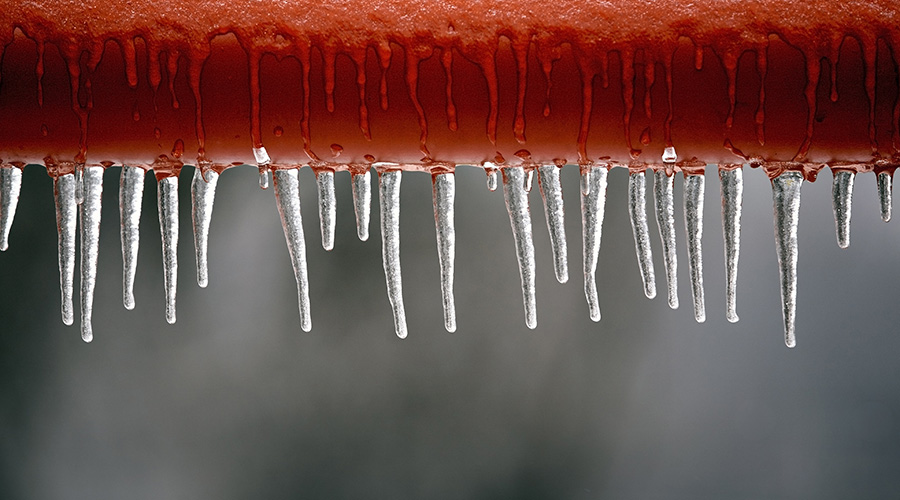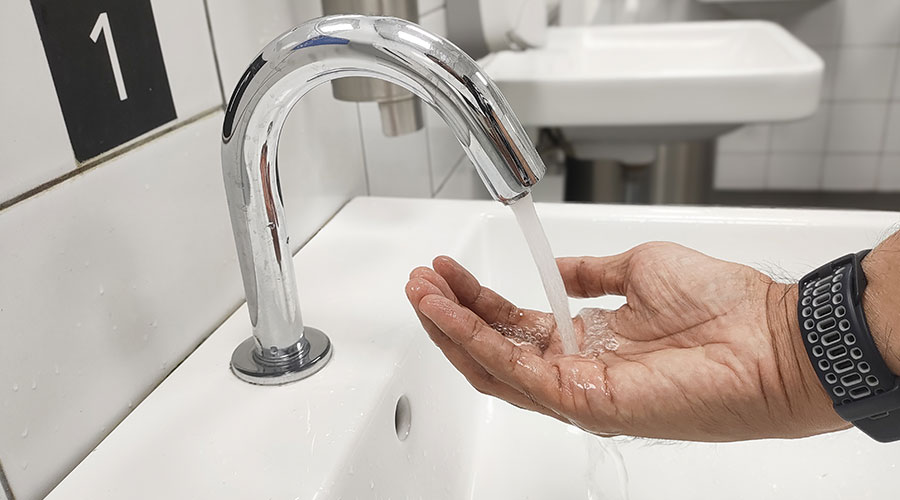Drain-Cleaning Equipment: Reliability More Important Than Cost
The six-person crew primarily responsible for drain cleaning employs 14 pieces of equipment. The machines range from a small auger with a 1/4-inch cable for sink drains to the largest unit, which has a 3/4-inch, 100-foot-long cable.
Of the large unit, Rinehart says, "They can go in and basically chop anything out of the line." Three of the units feature cameras, which allow the equipment operator to get visual evidence of the problem before starting the drain-cleaning process.
The department already has selected several new pieces of drain-cleaning equipment, including two larger units and several smaller augers, crews will use in the new building. While the department will store some of the units in a central location, Stading says several machines will reside in various locations around the campus.
"If a job takes more than one unit, or if we have more than one clog, we don't want to be running all over campus looking for a machine," he says.
When it comes to sorting through the list of priorities to consider when making an equipment purchase, Stading puts the various factors in this order: proven manufacturer, reliability, size, training and cost. Some might be surprised cost does not rank higher on the list, but other factors carry greater weight in such decisions.
"The machines we use are those we've found to be the most reliable, and they don't tend to be the least expensive machine on the market," Rinehart says. "We're lucky to have an organization that allows us to decide what's the best piece of equipment for our needs."
In some cases, a decision arises as to whether to continue renting a particular piece of specialized equipment or make the financial commitment and buy it. The department might occasionally rent a larger, specialized drain-cleaning unit to address clogs in pipelines larger than 8 inches in diameter, Stading says.
But it is more likely to purchase a smaller unit equipped with a camera because crews can use the camera for additional applications beyond checking clogged pipes and drains, Rinehart says, such as inspecting problems in air vents and other hard-to-access areas of facilities.
Related Topics:












